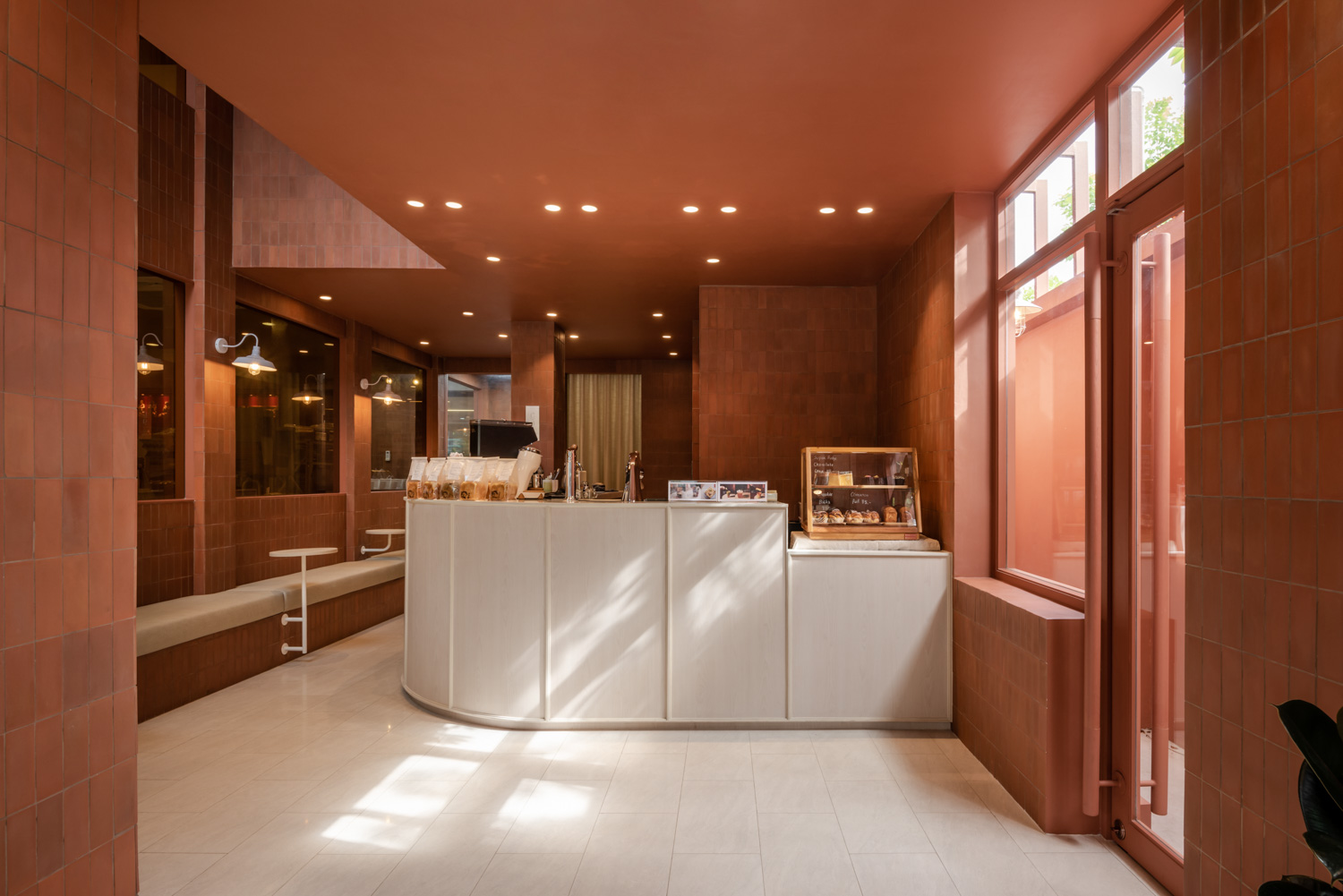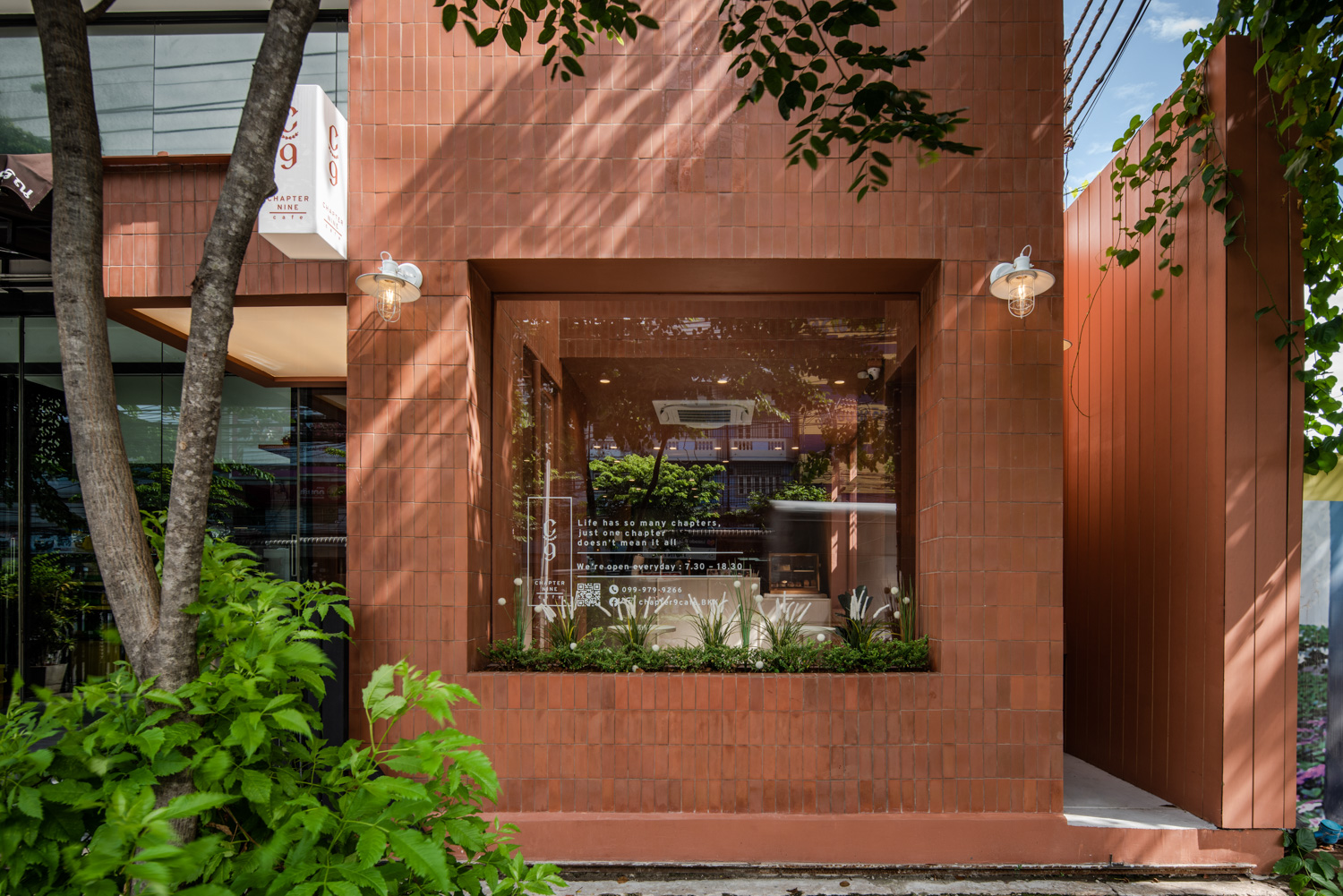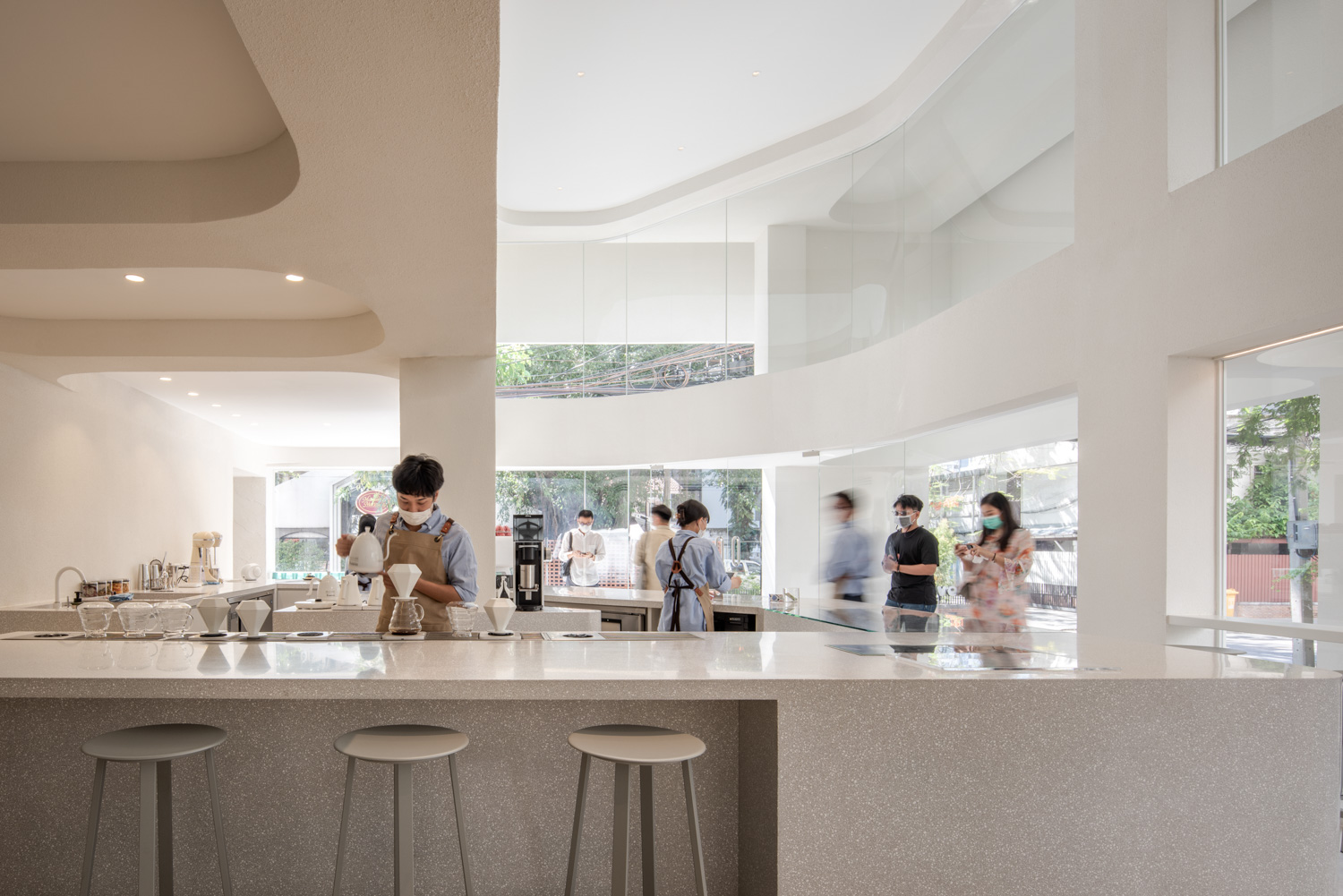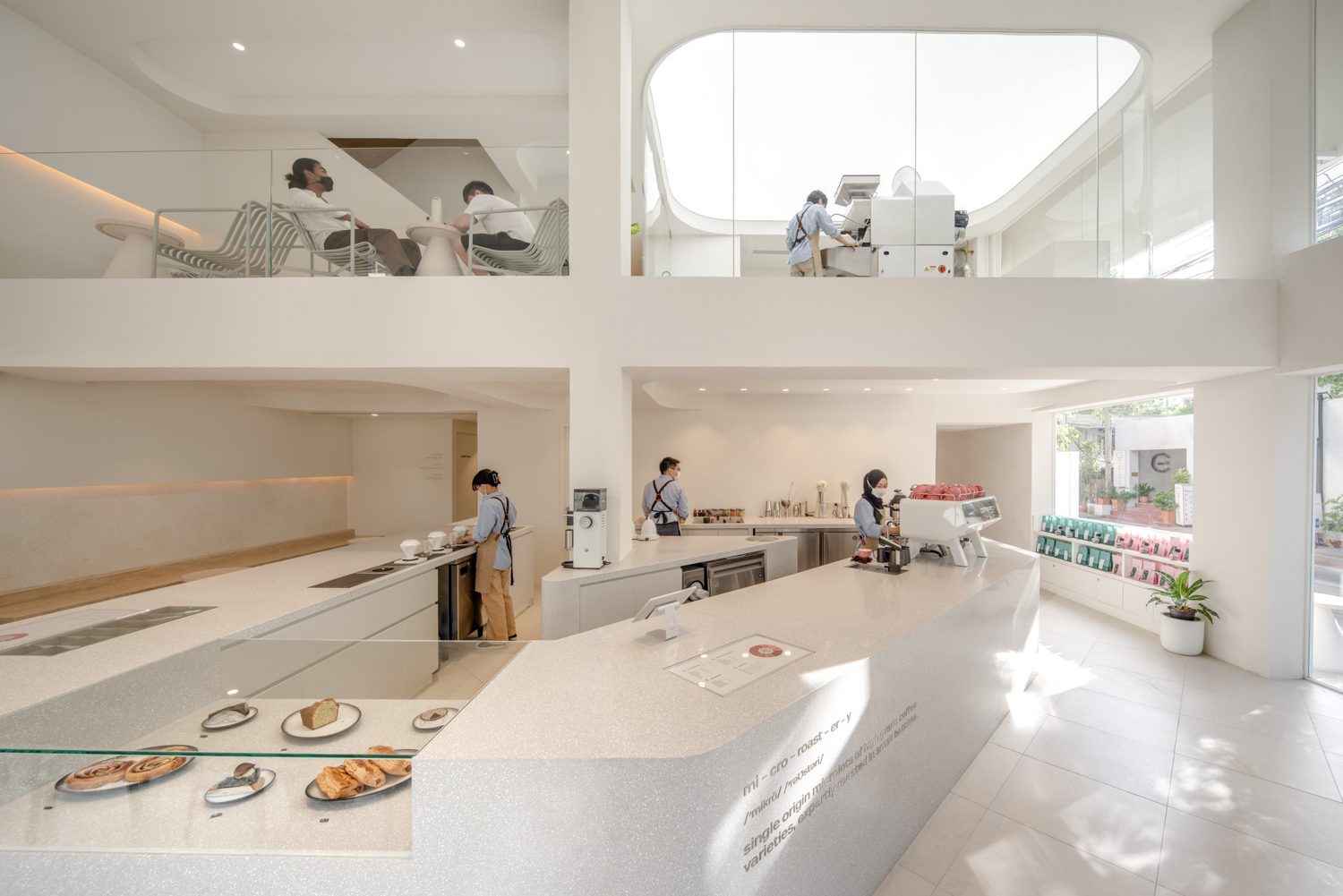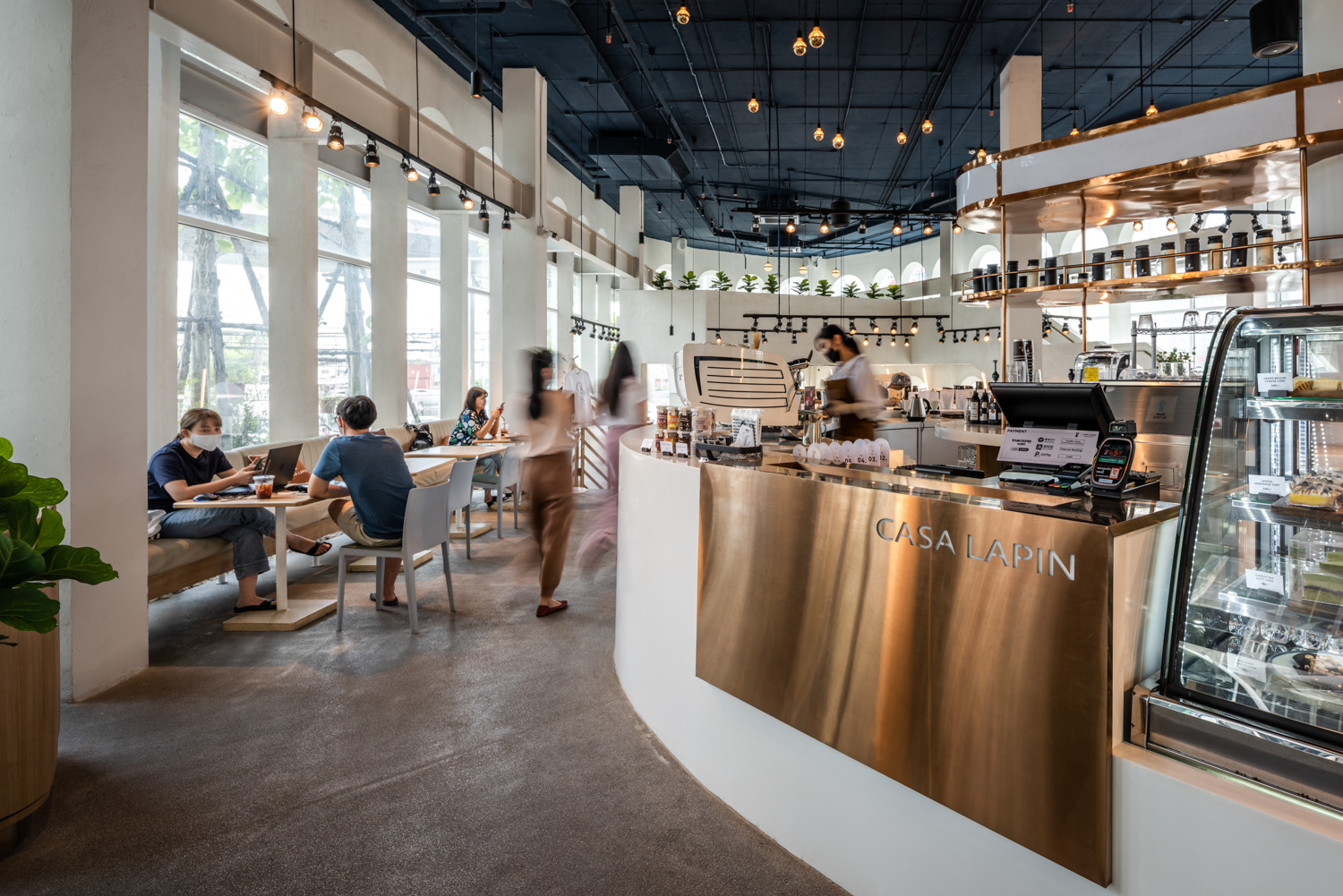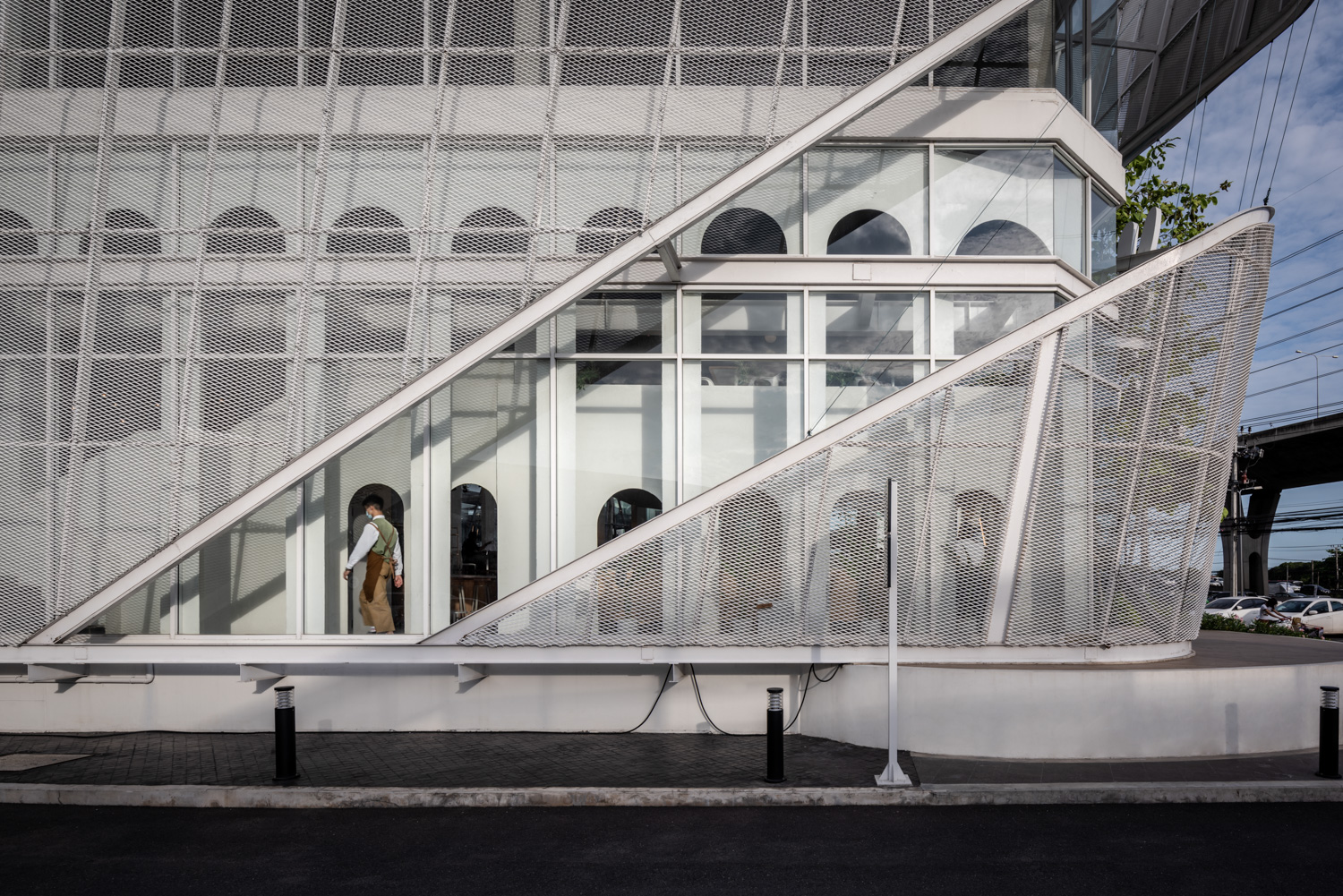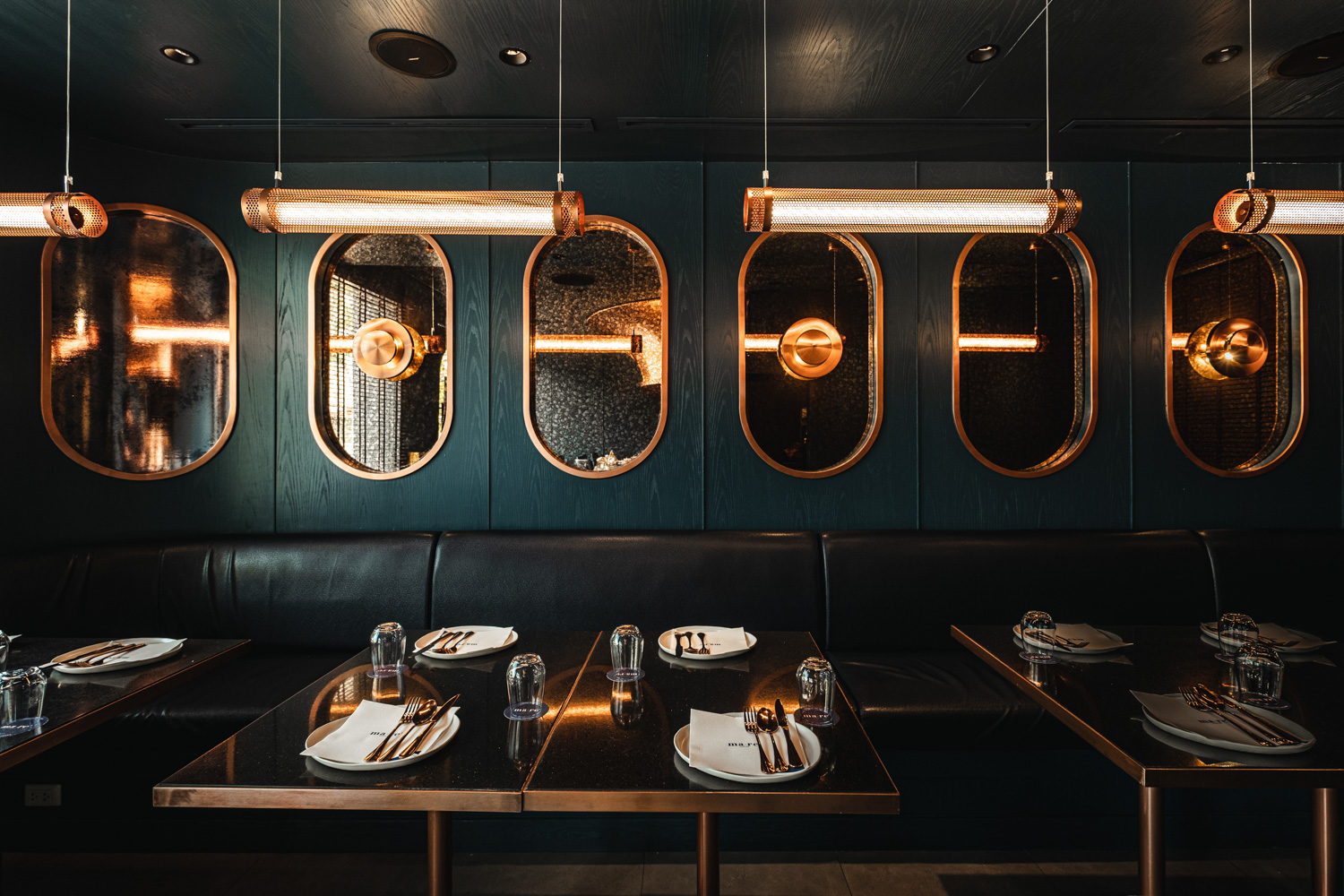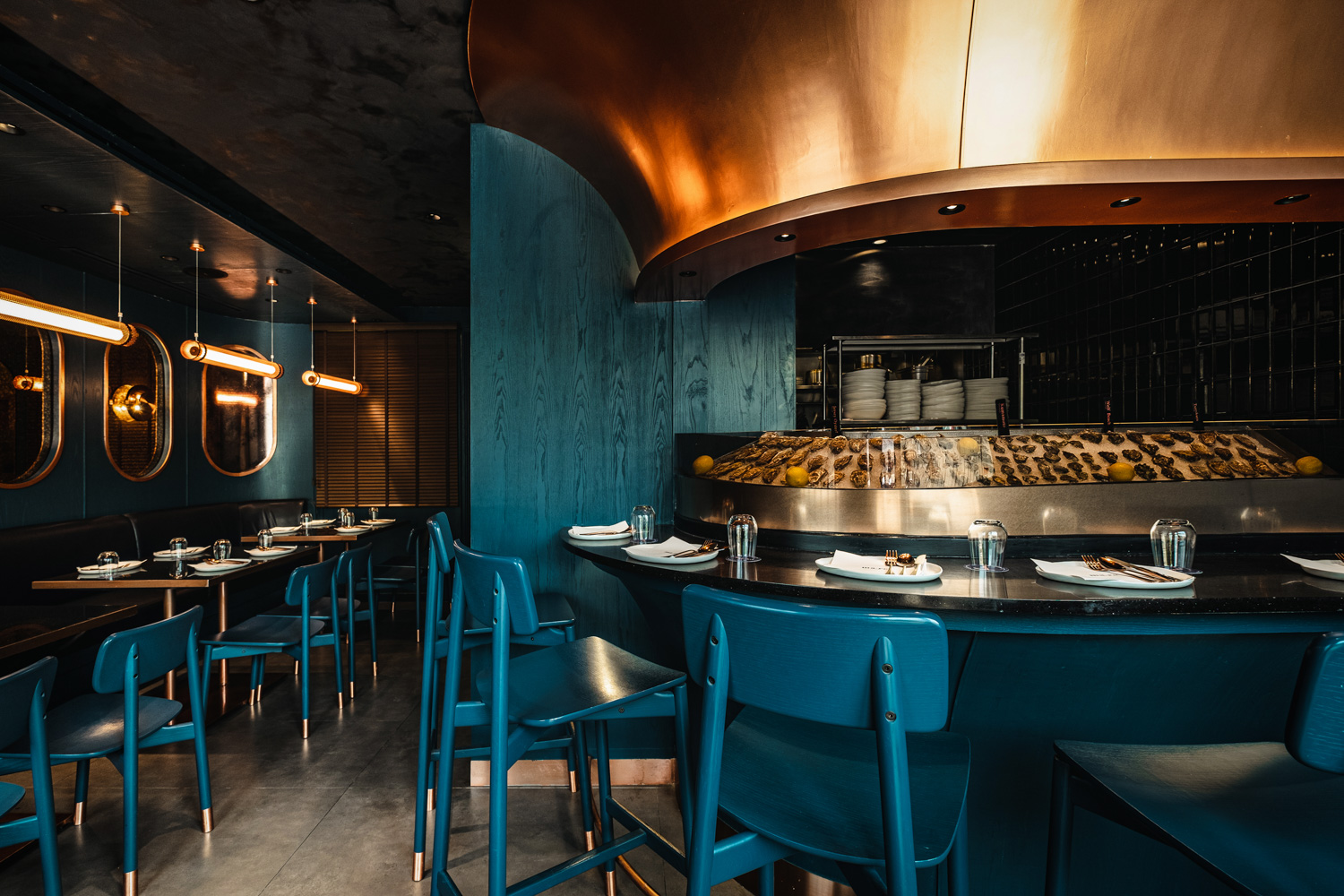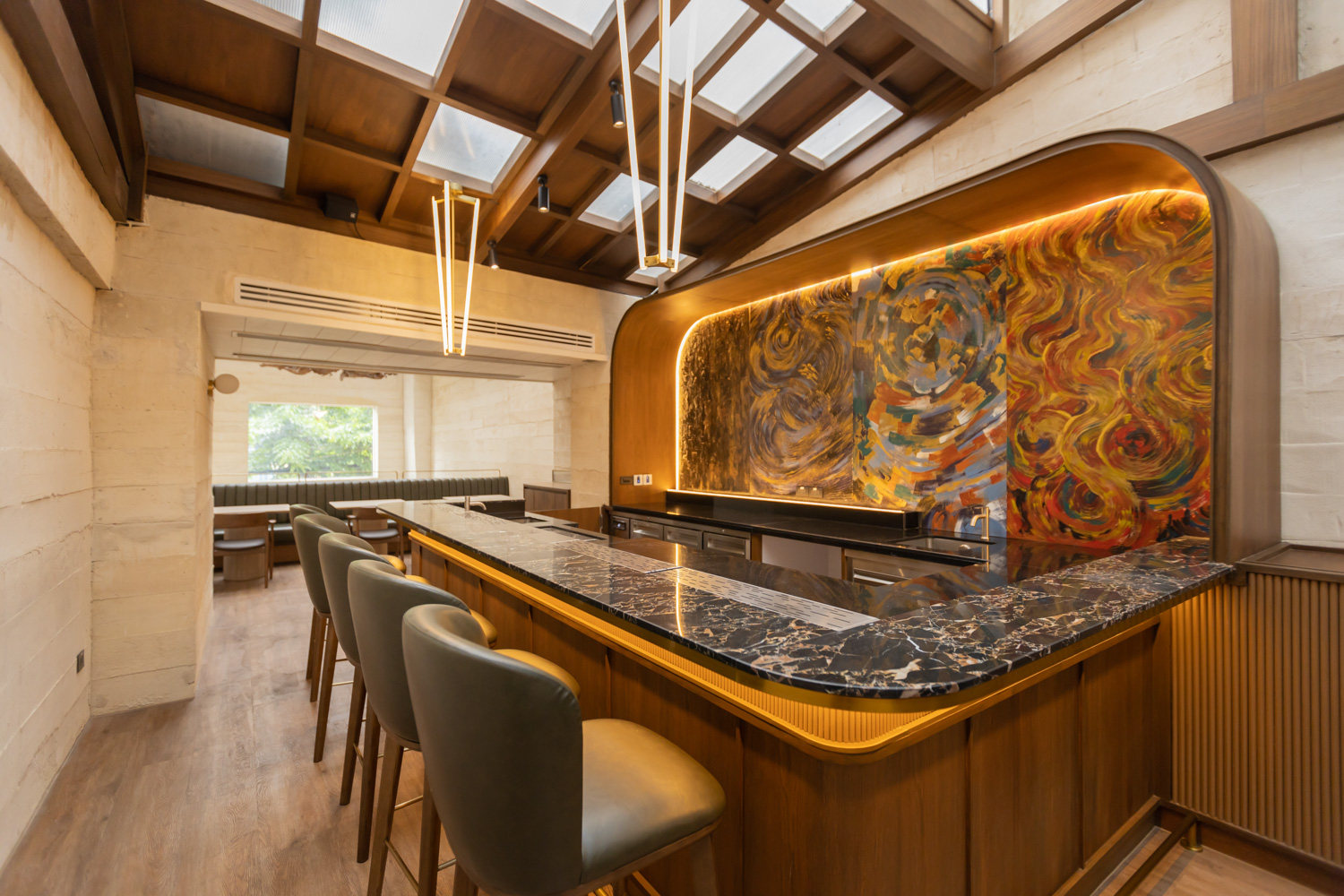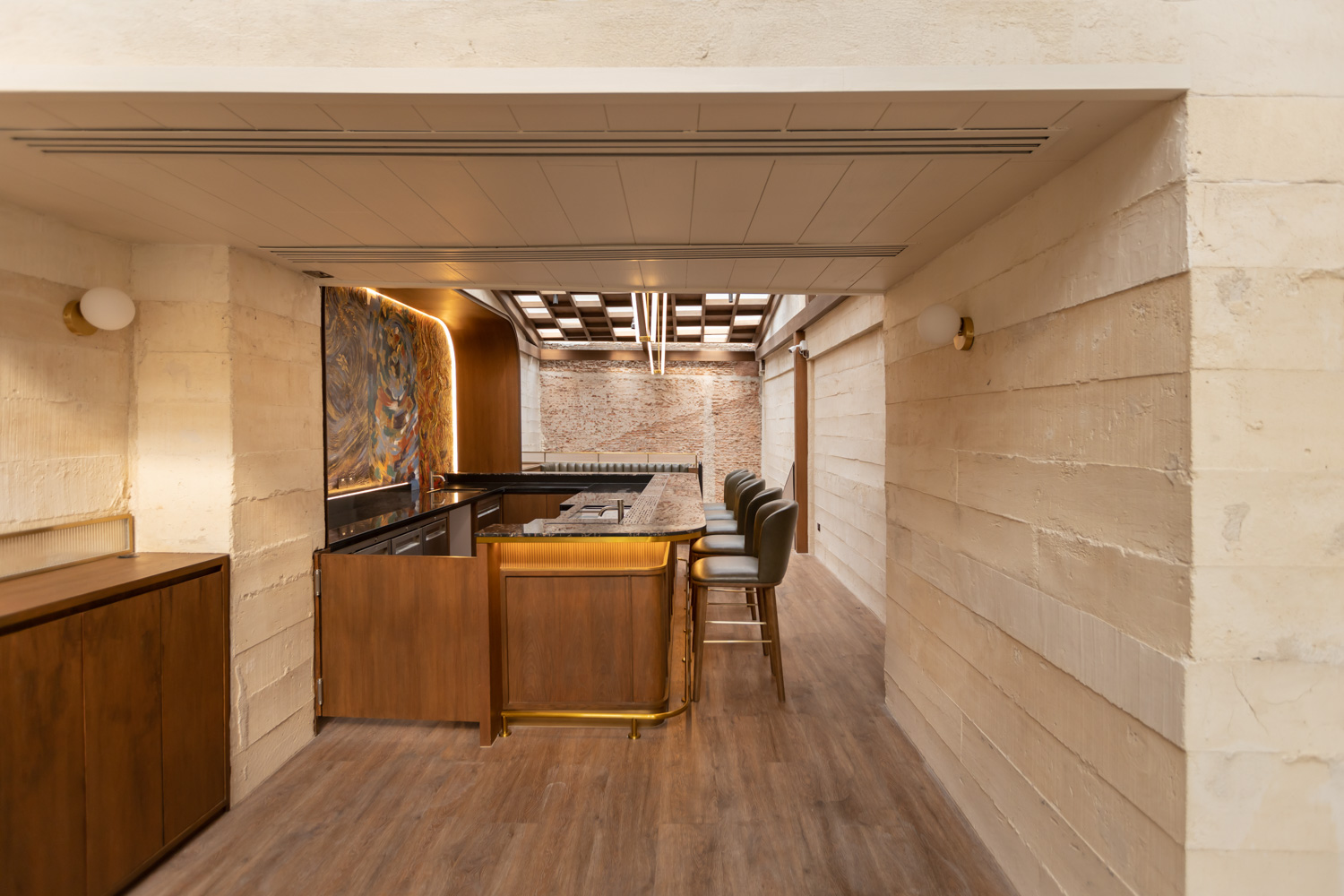DELVE INTO THE MIND AND EXPERIENCE OF KIJTANES KAJORNRATTANADECH, A DESIGNER FROM TASTE SPACE WITH EXTENSIVE EXPERIENCE IN DESIGNING FOR THE FOOD & BEVERAGE INDUSTRY, ESPECIALLY CAFES
TEXT: PRATARN TEERATADA
PHOTO: JINNAWAT BORIHANKIJANAN EXCEPT AS NOTED
(For Thai, press here)
Kijtanes Kajornrattanadech’s design repertoire and experience working with the food & beverage industry are long and extensive. In particular, the cafe projects he and the Taste Space team have completed, ranging from AGA Microroastery, PACAMARA S&A Building, Casa Lapin Att U Bangna to Casa Lapin Ladprao Hill. art4d talks with him about his ideas, thought processes, problem solving approaches he has come up with for business owners, and his journey in the world of tastes and spaces.

Photo: Ketsiree Wongwan

Photo: Ketsiree Wongwan
art4d: How do you define the ‘concept/process’ of how Taste Space works?
Kijtanes Kajornrattanadech: The fundamental design concept from which each project is developed consists of space and brand identity. It’s the approach that looks at the most important aspects in a business, be it a restaurant, cafe or bar. Simply put, a restaurant is about the food, cafes are all about the coffee and whatever you pair it with, while bars are about the beverages served. The most important element of this process is the identity of the owner or the brand. Our job is to create the right atmosphere that enables users to have positive memorable experiences, in addition to the products they eat or drink. This process requires research, which looks into different types of information, from the background of a chef, barista or mixologist. We use the information for the development of the design and curate this experience that will not overshadow or take away the establishment’s identity.

Chapter 9
art4d: As a designer, what are the most crucial factors when it comes to the design of space that involves food and beverage?
KK: Commercial success and positive user experiences. Another important factor is the staff’s efficient workflow. The space needs to provide convenience and efficiency in the way the space is operated so that the staff can deliver the best possible service, which ultimately makes the business successful and survive. Creativity helps make that happen within the given budget as well as meeting a certain level of expectation.
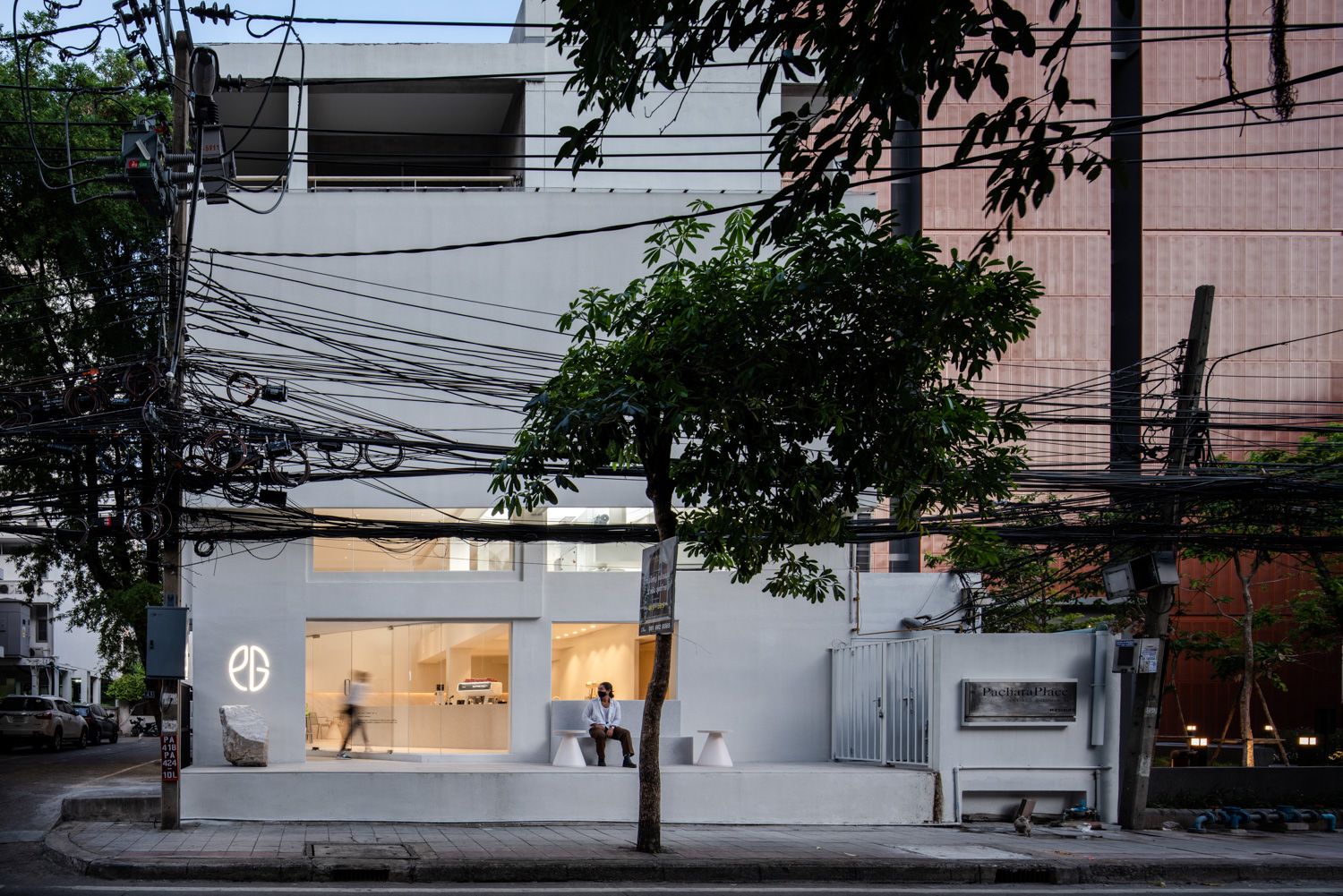
PAGA microroastery

PACAMARA Silom

PACAMARA Silom
art4d: Could you choose some of Taste Space’s projects that you think are your favourites, and the reasons why you like them?
KK: I like all of them to be honest because each project is different in its own way and there’s a specific thought process behind it. Requirements from clients are always the starting point and we interpret them into a concept they want, develop suitable functions and then add the aesthetics to it. We always balance beauty and functionality because at the end of the day, the business has to be commercially successful and offer users a good, positive experience. To create the experience, we work around our creativity and make a space that feels both new and interesting.
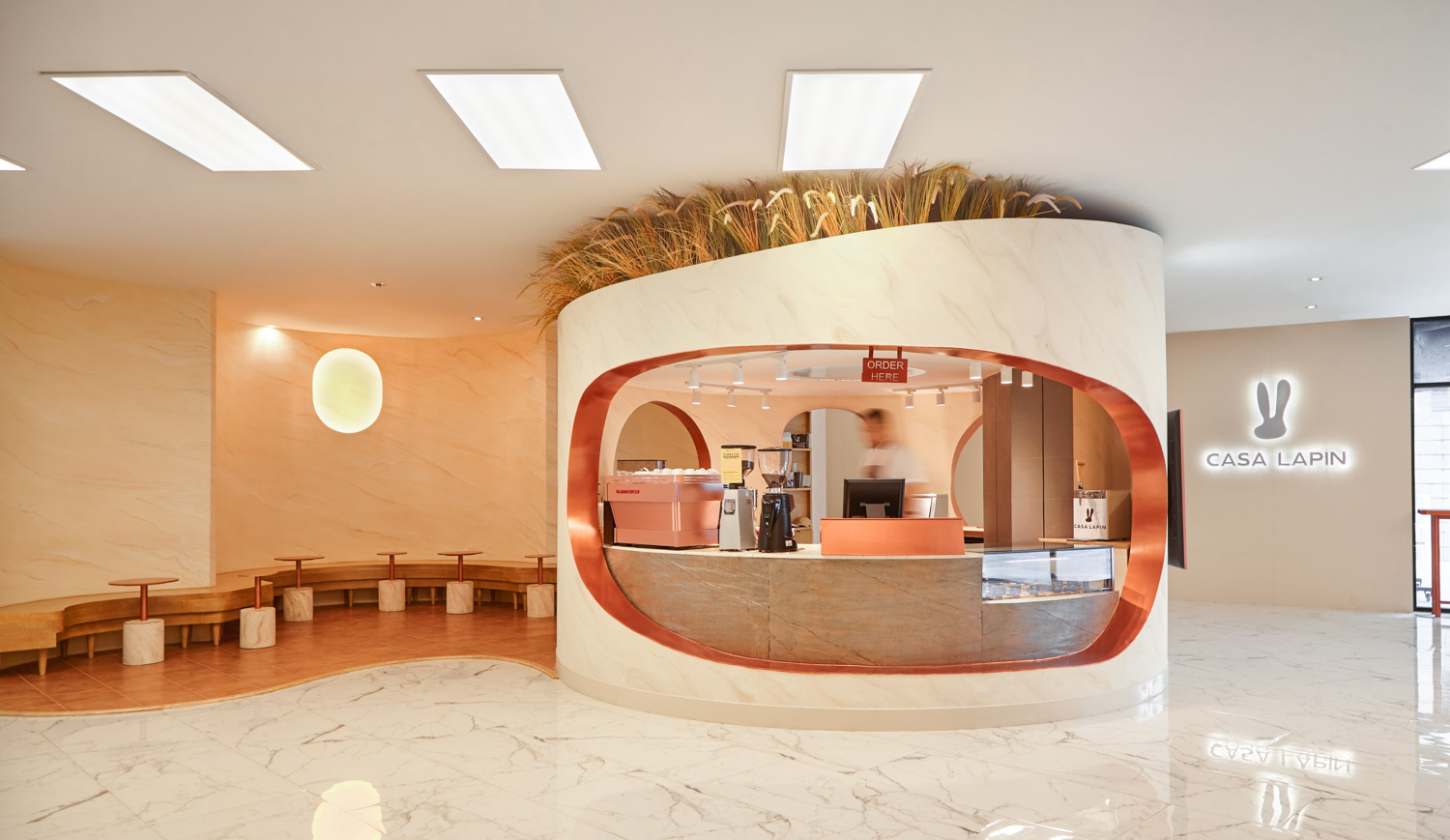
Casa Lapin Ladprao Hills | Photo: Phongtep Khamnmanee
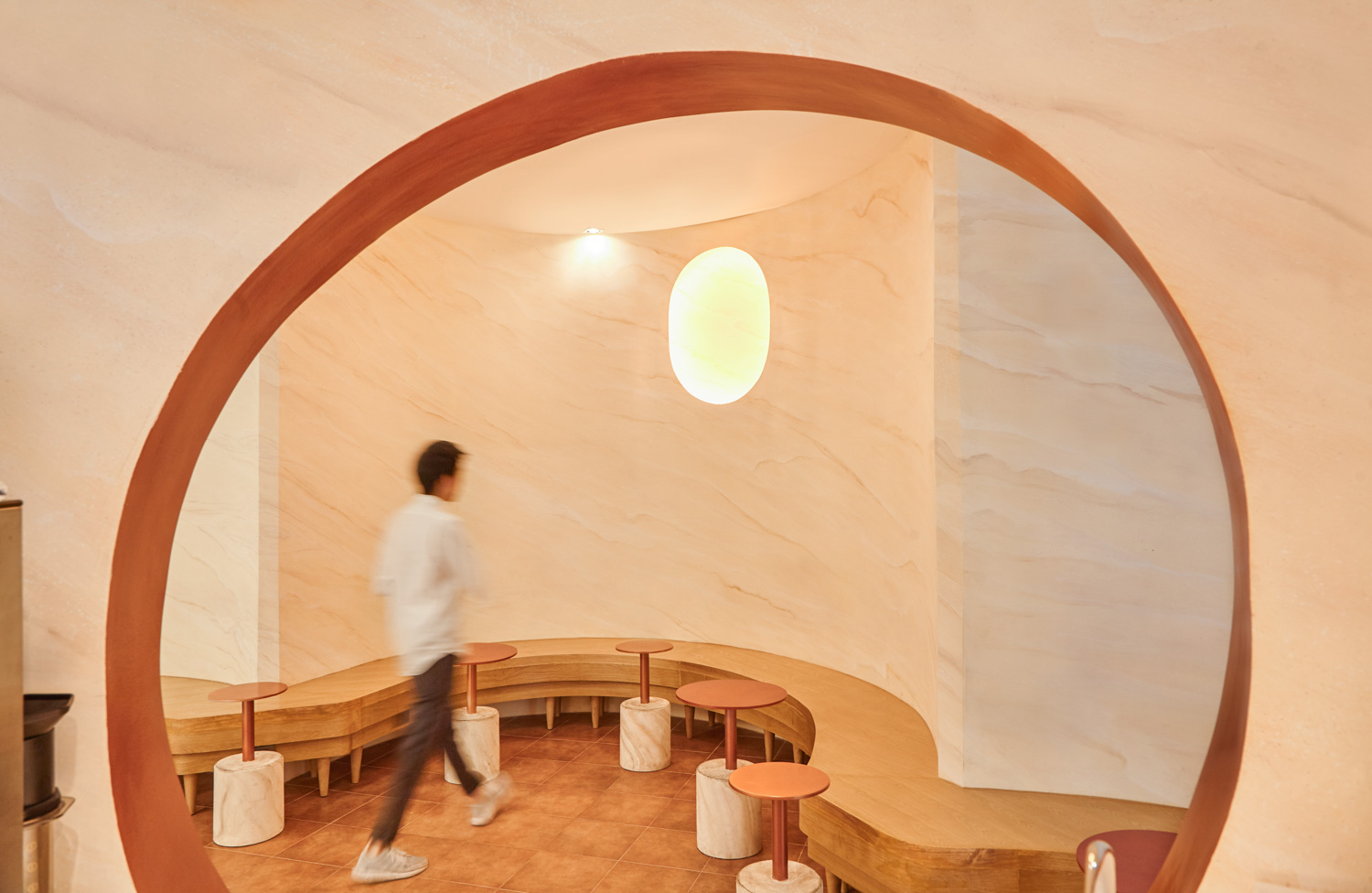
Casa Lapin Ladprao Hills | Photo: Phongtep Khamnmanee
art4d: What are the emerging trends in hospitality space design that you think are worth following?
KK: I think there will be some palpable changes in hospitality design. After COVID-19, what’s different obviously is the way people are now more concerned about hygiene and the provided service that will not only improve in quality but make patrons feel safer. More attention will be paid on an establishment’s attention in the management of space and social distancing measures. The investment may be lesser in some of the projects but I think we will be seeing greater attention to detail and creativity. More time and effort will be spent on the meticulously designed and operated functions as well as utilities, while tools will be included to ensure safety for both the service providers and customers. The experience and atmosphere will still be important although establishments may be smaller in size thanks to the more efficient management and control to deliver a memorable user experience. The operation will be designed to include more delivery and take-away services as well.

Brave Roasters Samyan | Photo: Phongtep Khamnmanee
art4d: From your personal experience, what are the restaurants or cafes you like the most in terms of interior decoration, food and beverage?
KK: There are many of them. I focus more on the dining expense but if it’s the interior design, the ones that come to mind right now are probably Mott 32 (Hong Kong) , Noma (Copenhagen) and Ryugin (Tokyo).
For cafes, I’d say, Coffee Collective (Copenhagen) Blue Bottle (Tokyo) and Monocle Café (London).
And for bars, I like Atlas Bar (Singapore) Connaught Bar (London) and The Bamboo Bar at the Oriental Bangkok.
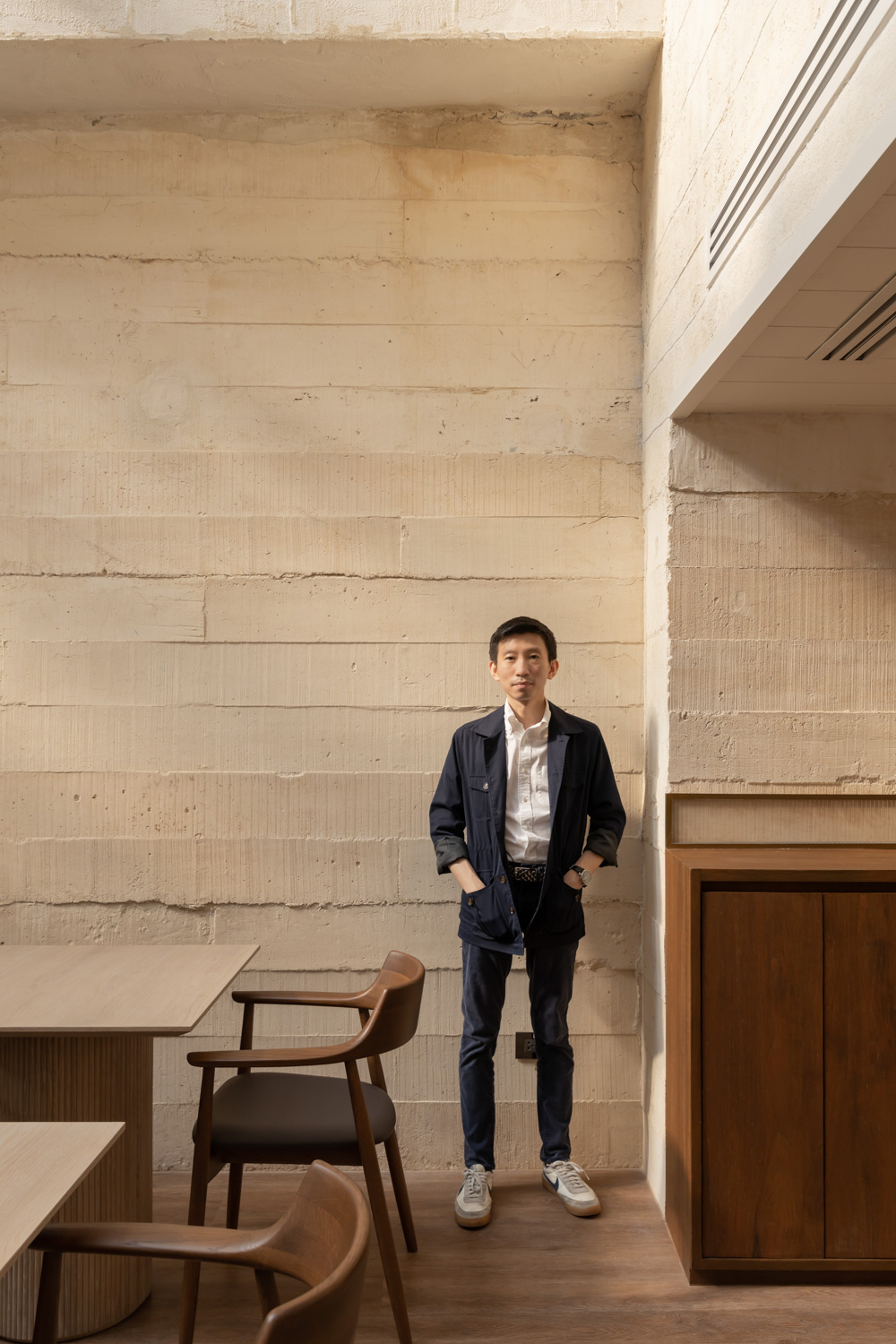
Photo: Ketsiree Wongwan
art4d: How do you picture the future of F&B design in Thailand?
KK: Thailand has always been reputable for its F&B industry. We have establishments that are at the top of the list of the places that foreigners are interested to visit and experience. In the future, there will definitely be some changes in the country’s F&B industry. As for design, I think we are going to see more creative works because of the increasing limitations designers have to work with that will end up forcing us to come up with new, unprecedented experiences. For business owners, I think they will prefer to operate a stand-along establishment rather than being inside a shopping mall and that gives designers more opportunities to manage and come up with new contexts and designs. This could be a chance for urban spaces to be recreated to accommodate and foster the growth of the F&B industry.

 Photo: Ketsiree Wongwan
Photo: Ketsiree Wongwan 